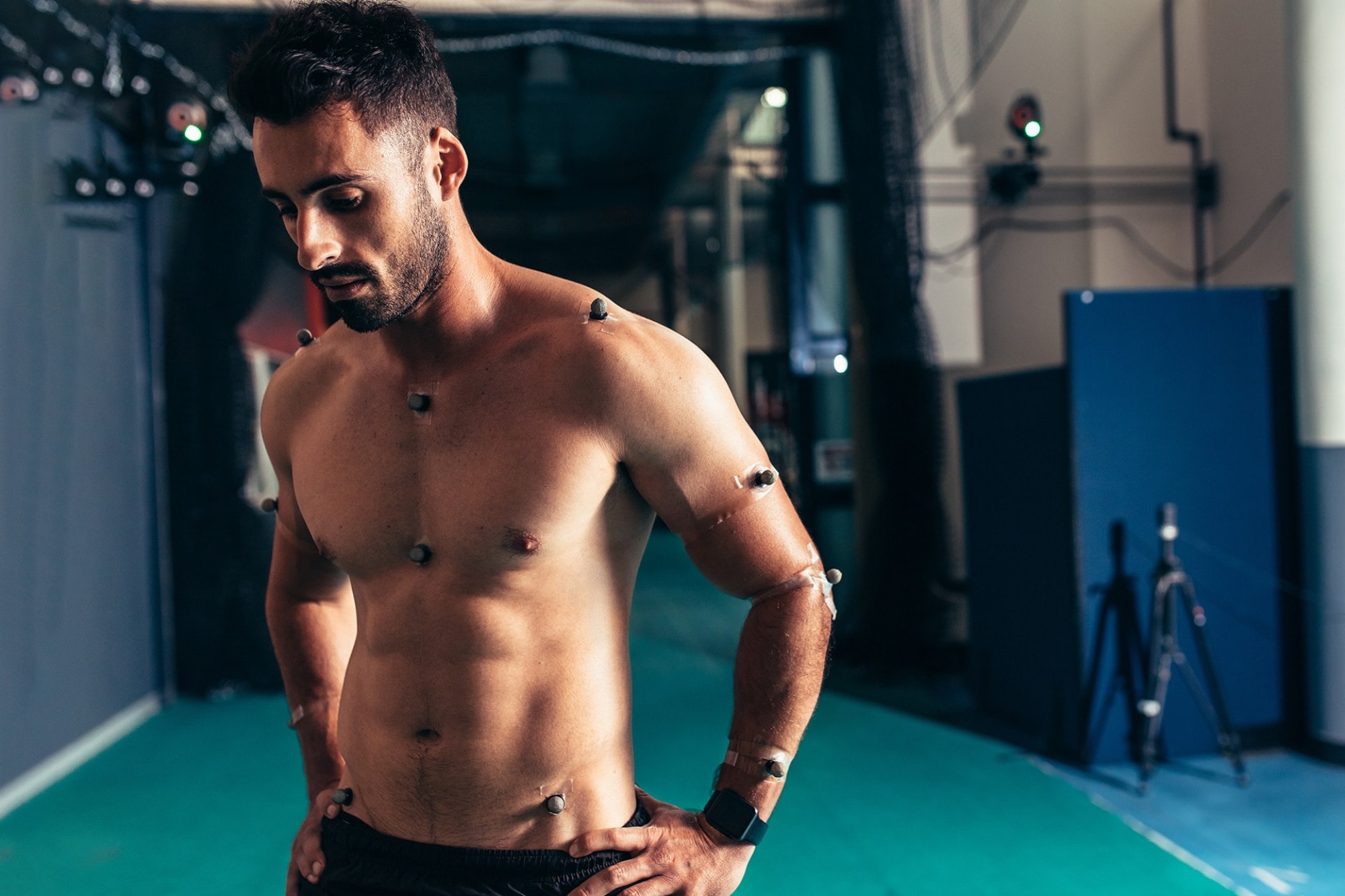New vision report uncovers how the use of tracking technologies will become more commonly used in GP surgeries and clinical settings
OXFORD, UK – 19 November 2020 — Vicon, a world leader in motion capture for the life sciences industry, today announces the launch of its latest vision paper highlighting some of the key trends and developments that will determine the future of motion capture technology in clinical settings within the next five years. The report highlights how the use of tracking technologies — like wearables — will become common within GP surgeries and other clinical settings by 2025.
The report, which includes insight from both Vicon’s own experts and healthcare professionals, provides a range of perspectives and predictions for the future of motion capture in clinical environments. It focuses on the ways in which the technology will become a vital tool for clinicians and health practitioners to deepen their understanding of human movement and in turn, make a positive impact on the lives of millions of people.
Some of the key trends we’ll expect to see from now and into 2025 include:
Wearables as the education ‘gateway’ for clinicians
As we see in other markets — like sports science for example — wearable tracking solutions that utilise inertial tracking technology offer a significant amount of benefits in terms of their ease of use and low cost.
With the increasing involvement of insurers in healthcare, we expect to see the first large scale deployments of wearable trackers to monitor rehab compliance within the next year. With a large-scale deployment, it opens the door for more clinicians to see the potential for motion tracking data to assist in patient care more broadly.
The rise in use and acceptance of non-optical tracking systems
Although we are still learning about the potential for more varied tracking technologies to support clinical practice, by 2025 there is a clear view that clinicians will have a much larger toolbox to choose from for motion analysis.
It’s likely we’ll rely much less on optical tracking systems and in the next five years, we will have defined and standardised biomechanical models for inertial systems, which will significantly increase the accessibility of motion tracking technology. These inertial systems will also open the door for integration with other technology, like Apple’s ARKit for example.
The new vision paper also looks at the use of technologies like artificial intelligence (AI) and machine learning (ML) in motion tracking — discussing how these will not only make the technology more accessible, but how they will come to play a significant role in the fundamental science.
Imogen Moorhouse, CEO at Vicon, commented: “The wealth of research using motion tracking technology, and the adoption that we have seen in the last 35 years, means that there is a huge scope for the use of motion capture to accelerate in clinical environments in the coming years.”
“As a company that is at the forefront of technology innovation — working closely with researchers and teams to push the boundaries of what is possible with motion capture — we want to ensure we can continue to lead the way in the future of motion tracking technology in clinical life sciences. With this in mind, we wanted to create an in-depth vision paper looking at some of the key trends that we’ll see over the next five years and how they can be overcome — ultimately to ensure that motion capture will deliver the maximum possible benefit to patients.”
Contact us.
Regulatory news
Regulatory news and AIM Rule 26 including corporate governance and significant shareholders
Company News

Dec 9, 2025
Audited Results for the financial year ended 30 September 2025

Jun 18, 2025
Interim Results for the six months ended 31 March 2025

Jun 2, 2025
Non-Executive Board Changes

Apr 25, 2025
H1 Trading Update and Board Change

Mar 28, 2025
Vicon’s new markerless system enabling Dreamscape's latest VR experience
Case studies
Read how our software is used in diverse applications world-wide
